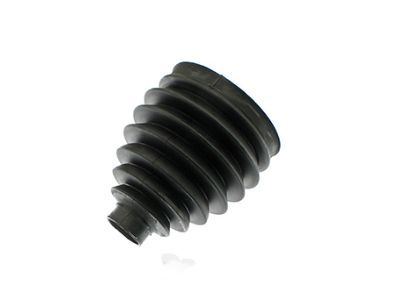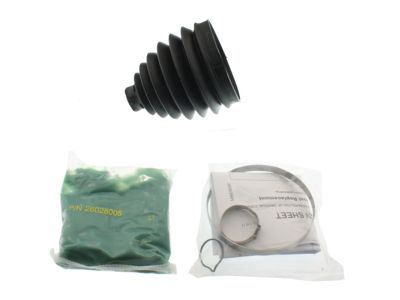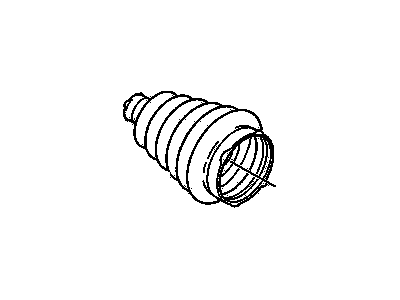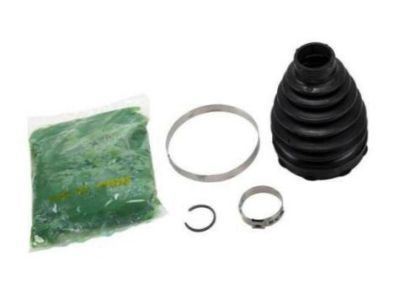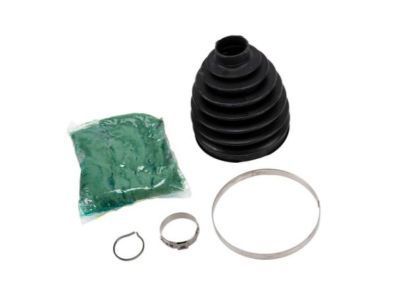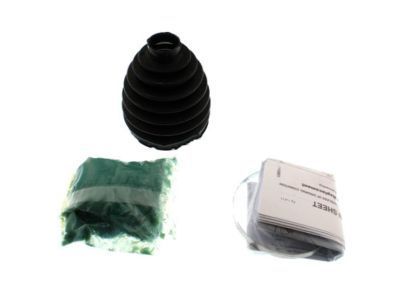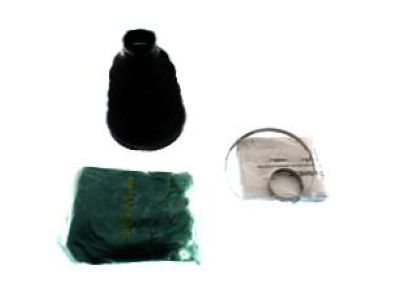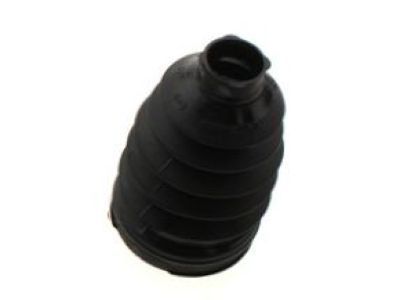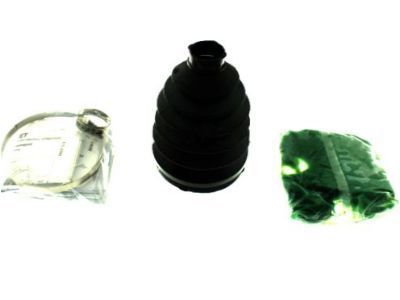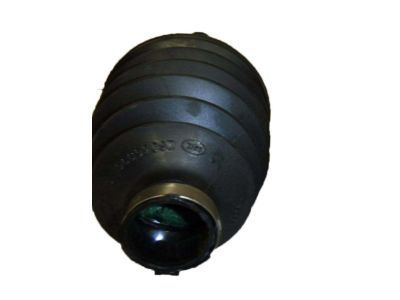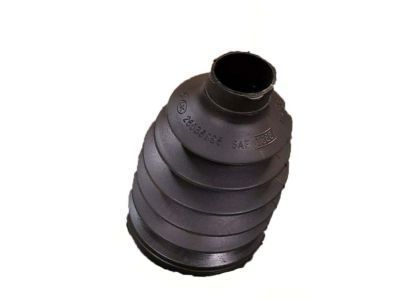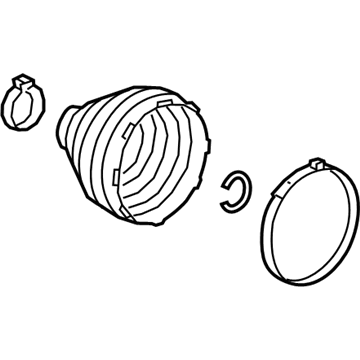
My Garage
My Account
Cart
Genuine Chevrolet Tahoe CV Boot
Axle Boot- Select Vehicle by Model
- Select Vehicle by VIN
Select Vehicle by Model
orMake
Model
Year
Select Vehicle by VIN
For the most accurate results, select vehicle by your VIN (Vehicle Identification Number).
12 CV Boots found
Chevrolet Tahoe Boot Kit,Front Wheel Drive Shaft Cv Joint
Part Number: 19256071$108.04 MSRP: $186.34You Save: $78.30 (43%)Ships in 1-3 Business DaysChevrolet Tahoe Boot Kit,Front Wheel Drive Shaft Tri, Pot Joint
Part Number: 19256072$49.14 MSRP: $83.25You Save: $34.11 (41%)Chevrolet Tahoe Boot Kit,Front Wheel Drive Shaft Cv Joint
Part Number: 15868188$65.41 MSRP: $111.85You Save: $46.44 (42%)Ships in 1-2 Business DaysChevrolet Tahoe Boot Kit,Front Wheel Drive Shaft Tri, Pot Joint
Part Number: 26062618$33.07 MSRP: $54.75You Save: $21.68 (40%)Chevrolet Tahoe BOOT KIT-RR WHL DRV SHF CV & TRI-POT JT
Part Number: 84846848$60.13 MSRP: $94.61You Save: $34.48 (37%)Ships in 1-2 Business DaysChevrolet Tahoe BOOT KIT-RR WHL DRV SHF CV & TRI-POT JT
Part Number: 84929646$84.00 MSRP: $132.15You Save: $48.15 (37%)Ships in 1-2 Business DaysChevrolet Tahoe Boot Kit,Front Wheel Drive Shaft Tri, Pot Joint
Part Number: 26062615$27.66 MSRP: $43.53You Save: $15.87 (37%)Chevrolet Tahoe BOOT KIT-FRT WHL DRV SHF CV JT
Part Number: 87842370$27.02 MSRP: $42.51You Save: $15.49 (37%)
Chevrolet Tahoe CV Boot
Chevrolet Tahoe CV Boot is an essential part that shields the CV joint; this joint is essential since it transmits power from the transaxle to the wheels. Thus, there are many types of CV joints can be found in Tahoe vehicles, such as the fixed joints positioned at the outboard end of axle, and the plunging joints locate at inboard. The CV boot is located to encase and shield the Cv joint and to also prevent deteriorating elements to get into the joint and make sure that the joint receives the necessary lubrication. Daily check on the CV boot is required in order to avoid CV joint failure because when the boot is damaged, so goes the CV joint.
Each OEM Chevrolet Tahoe CV Boot we offer is competitively priced and comes with the assurance of the manufacturer's warranty for the part. Furthermore, we guarantee the speedy delivery of your orders right to your doorstep. Our hassle-free return policy is also in place for your peace of mind.
Chevrolet Tahoe CV Boot Parts Questions & Experts Answers
- Q: How to replace a CV Boot on Chevrolet Tahoe?A:To inspect a CV boot, first remove it and place it in a vise lined with rags to avoid damage. Check the CV joint for excessive play in the radial direction, which could indicate worn parts, and ensure smooth operation throughout the full range of motion for each joint. If a boot is torn, disassemble the joint, clean the components, and inspect for damage due to loss of lubrication and possible contamination by foreign matter.
Related Chevrolet Tahoe Parts
Browse by Year
2024 CV Boot 2023 CV Boot 2022 CV Boot 2021 CV Boot 2020 CV Boot 2019 CV Boot 2018 CV Boot 2017 CV Boot 2016 CV Boot 2015 CV Boot 2014 CV Boot 2013 CV Boot 2012 CV Boot 2011 CV Boot 2010 CV Boot 2009 CV Boot 2008 CV Boot 2007 CV Boot 2006 CV Boot 2005 CV Boot 2004 CV Boot 2003 CV Boot 2002 CV Boot 2001 CV Boot 2000 CV Boot 1999 CV Boot 1998 CV Boot 1997 CV Boot 1996 CV Boot 1995 CV Boot
